NICU BODYSUITS MAKING A DIFFERENCE
While I am no longer bedside as a Cardiovascular ICU Nurse, I am still able to empathize with the lifestyle of a critical care clinician in my Hospital Relations role at Care+Wear. In a world that moves at accelerating speeds and requires constant adaptation due to clinical acuities, the most frustrating times, surprisingly, are not when your patients are crashing, but rather the mundane, time-consuming inconveniences, such as broken glucometers (a personal pet peeve) or in the case of Angela Alderman, R.N.C.-N.I.C., B.S.N., the manipulation of newborn clothing.
Angela is the Neonatal Intensive Care Unit Team Leader at Carilion Clinic Children’s Hospital. Her responsibilities include placement of her NICU’s PICC Lines, a challenging task in and of itself, as well as sitting as a chair on the Vascular Access and Central Line Management Committee. “It is hard to dress babies who have central lines,” Alderman explains, “especially if they have abdominal surgery or gastric tubes. “I would spend my time cutting holes in the newborns’ clothes or we would have to manipulate the babies’ arm to have it hanging out of the neck hole.”

"IT’S REALLY IMPORTANT FOR PARENTS TO SEE PROGRESS.IF THEIR BABIES ARE NAKED WITH A LOT OF LINES AND TUBES, IT’S REALLY HARD TO SEE THE LIGHT AT THE END OF THE TUNNEL."
I first met Angela at the 2018 Association of Vascular Access Conference in Columbus, Ohio. Her presence was warm, armed with a genuine smile and southern accent that could charm anyone. Having prior knowledge of the Care+Wear NICU One-Piece after speaking with our company’s Co-Founder and CEO, Angela was so excited to see our first prototype as she approached us upon arrival to the conference. A true champion of our product before it even went to market, Angela and her team had the opportunity of being one of the first hospital systems to benefit from the one-pieces which launched this past. November.
“We originally only ordered enough one-pieces for half of our unit because some babies couldn't wear clothing yet due to their acuity,” said Alderman. “We found that with the convenience of access in the new one-pieces, babies that we would have originally left unclothed are now actually able to be dressed earlier.”
The one-piece design includes unique access points for clinicians to run lines or lumens and buttons aligned strategically to allow for full-body access without having to detach wires or completely undress the baby. “Having clothes that work for everyone, not just the baby has been game-changing. Radiology loves that the snaps don’t show up on images, physicians and surgeons love it because they can snap and unsnap to assess the surgical sites without taking it off.” Alderman adds: “Because of the ties in the front, it doesn’t disturb the babies when clinicians assess them. Now the babies sleep through their entire physician assessment as opposed to before when they would wake up because the doctor had to undress them.”
"HAVING CLOTHES THAT WORK FOR EVERYONE, NOT JUST THE BABY HAS BEEN GAME-CHANGING. RADIOLOGY LOVES THAT THE SNAPS DON'T SHOW UP ON IMAGES, PHYSICIANS AND SURGEONS LOVE IT BECAUSE THEY CAN SNAP AND UNSNAP TO ASSESS THE SURGICAL SITES WITHOUT TAKING IT OFF."
“The other benefit is that parents have a sense that their babies are getting better. It’s really important for parents to see progress. If their babies are naked with a lot of lines and tubes, it’s really hard to see the end of the tunnel.” Alderman continues:“We had a mom whose baby had gastric issues and had to have an ostomy. The onesie helped the baby and family because it covered the bag and they didn’t have to look at it all day and they had the joy of being able to dress the baby. She had a central line, an ostomy, was clothed, and we had the ease we needed to get to her bag or look at her lines due to all of the access points on the onesie. It was really great!”

“One family said that with the onesie, the baby looked normal. That just melts my heart, I’ve been doing this job for 20 years. Everybody wants their child to be normal, to look normal and to be the best they could be. And you never want to see your child in a predicament where they can't wear clothes. This is the difference that Care+Wear has made in this family's life.” Although I couldn't see her face I have no doubt that she wore a grin while sharing her experience!
“This is changing a lot for families. NICU parents are excited to dress their children. The day that you get to put clothes on your child is a fun day, and we are able to do that earlier with this onesie while also making a clinician’s job easier.”
Angela continues that her team looks forward to the arrival of more one-pieces in the future. “We are very happy. It makes the families happy. The staff loves the accessibility and I now I feel confident that we have a product for them not only promotes warmth and thermoregulation, but safety as well.”
"ONE FAMILY SAID THAT WITH THE ONESIE, THE BABY LOOKED NORMAL. THAT JUST MELTS MY HEART"
As we wrapped up our conversation it was clear that though the hustle and bustle of a critical care setting hasn’t changed, the Care+Wear NICU Bodysuit has been able to provide efficiency from a clinical standpoint, dignity for babies, and satisfaction for new parents.
*For interest in integrating the Care+Wear NICU bodysuit into your hospital system please reach out to purchaseorders@careandwear.com



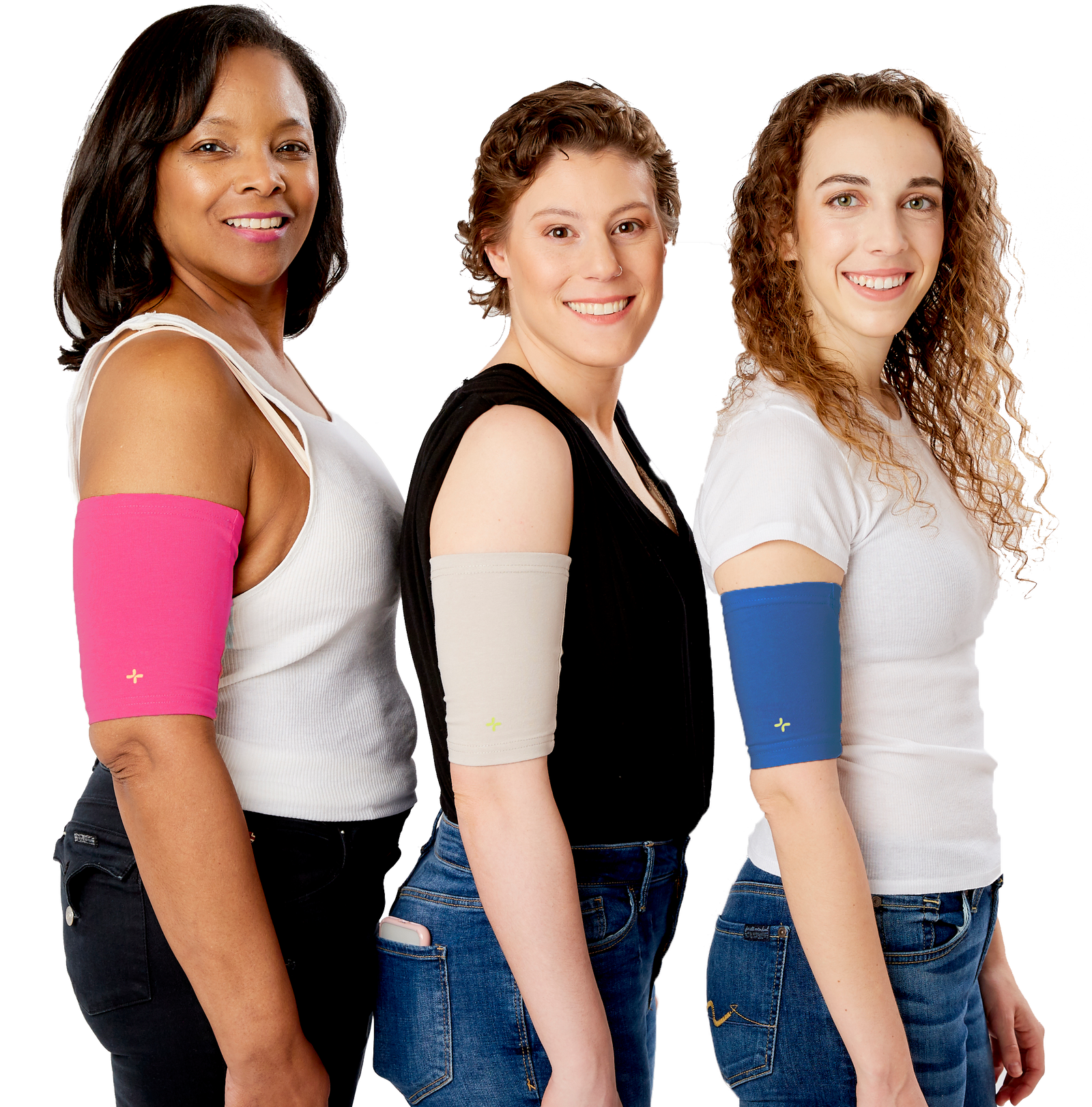
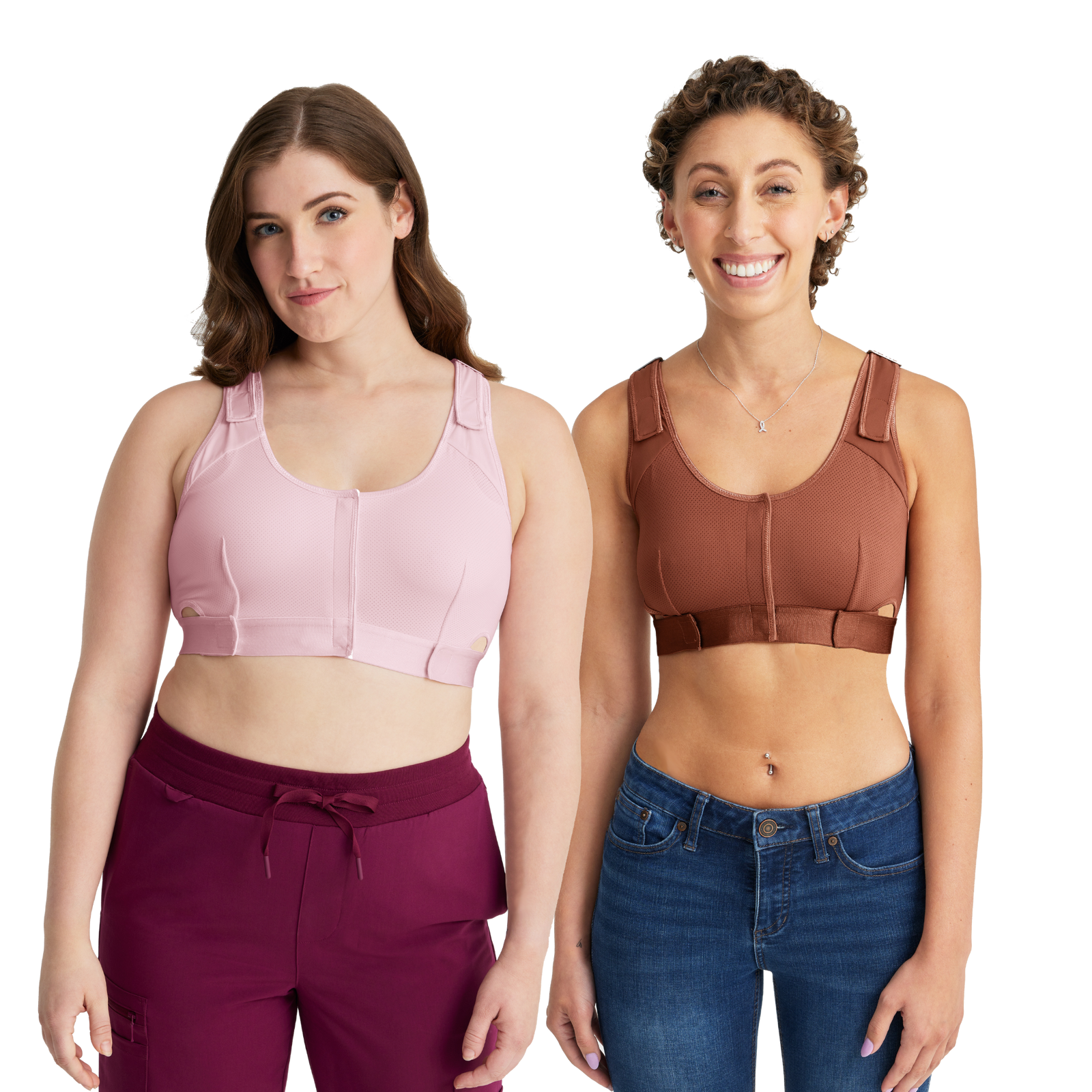
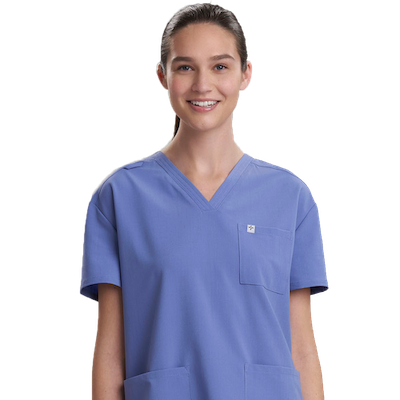
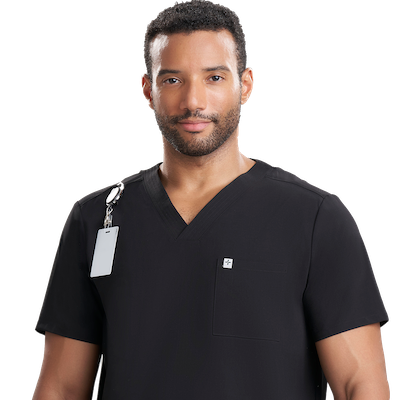

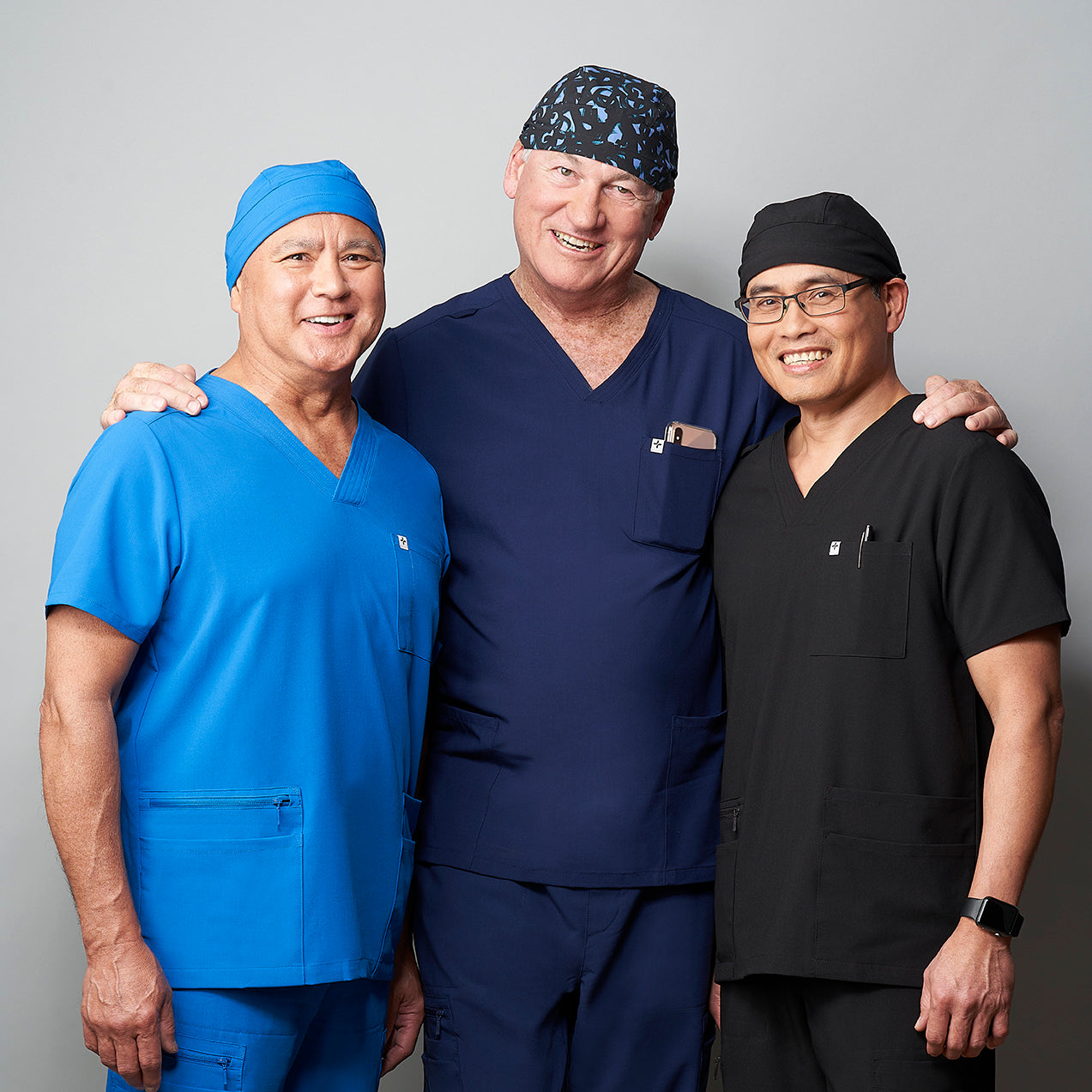
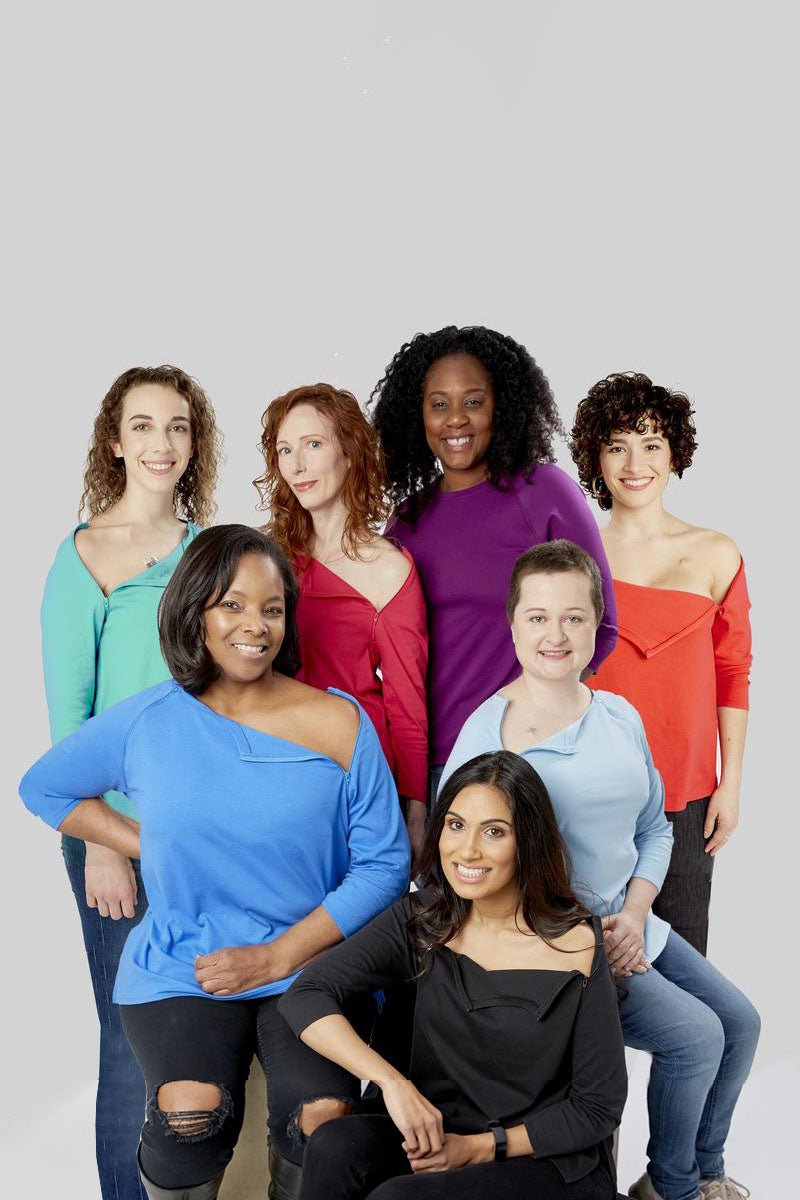
Leave a comment (all fields required)